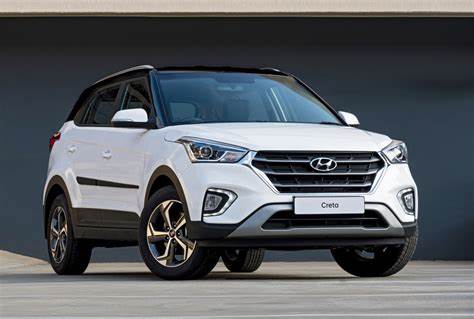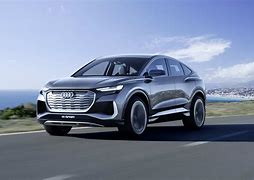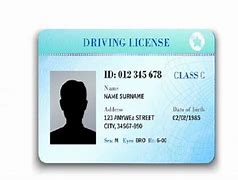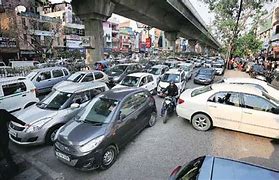Automobile
Tata Nexon delisted from EV Policy Scheme: Delhi government

The Delhi government has moved to delist the Tata Nexon EV from its EV Policy Scheme following two complaints regarding the advertised range of the vehicle. According to the Delhi Government’s statement, the Tata Nexon EV failed to meet the specified range on a single charge. Delhi’s transport minister, Kailash Gahlot announced the move after two users reportedly complained regarding allegedly “sub-standard driving range” offered by the electric vehicle. The Delhi government has decided to suspend subsidies offered via the Delhi EV Policy 2020 for the Tata Nexon EV.
Gahlot stated in a tweet; “Delhi govt has decided to suspend subsidy on an EV car model, pending the final report of a Committee, due to complaints by multiple users of sub-standard range performance. We are committed to support EVs, but not at the cost of trust & confidence of citizens in claims by manufacturers”
In February 2021, Tata Motors was issued with a show-cause notice by the transport department regarding the complaint filed by a single individual. The owner of the Nexon EV claimed that the vehicle did not deliver more than 200 km of driving range on a single charge, while the manufacturer states an ARAI certified range of 312 km.
The move by the Delhi government comes after Tata Motor’s response which the body declared to be “found non-satisfactory”. The full statement can be viewed via a tweet issued by Gehlot on Twitter embedded below.
TATA MOTORS response:
“It is unfortunate to receive this order from the Delhi Transport Commission. We will continue to engage constructively to protect the interests of our customers. The Nexon EV is the only personal segment EV available in the market today that meets the stringent FAME norms. The range at single full charge (312 km) for the Nexon EV is basis the certification received from the Automotive Research Association of India (ARAI), which is the official body that independently tests all mass produced vehicles under standard/defined test conditions before they can be offered to customers. As with conventional vehicles (with IC engines), the actual range achieved in EVs is dependent on AC usage, individual driving style and the actual conditions in which the vehicle is driven. The range achievement is also a function of familiarity with the new technology, and customers report improvements upwards of 10% within 4-6 weeks of familiarity. We have been receiving several positive testimonials from our customers and are encouraged to see them exploring new places with Nexon EV and sharing their experiences. We are extremely confident about the value proposition of the Nexon EV, which since its launch a year ago, has consistently grown in popularity to become India’s largest selling EV with thousands of families enjoying the pleasure of owning and driving it.”
Automobile
Improved version of Hyundai Creta launched in Indian market: Check it out here

Hyundai India launched the much-awaited Creta Knight Edition in the country at a starting price of Rs 13.51 lakh (ex-showroom, all-India). This new variant is available in both petrol and diesel engine options and can be had either with a manual or an automatic transmission unit. To read more about the Creta Knight Edition, click here. In addition to this, the company has also introduced a model-year update for the Hyundai Creta with new feature additions.
The 2022 Hyundai Creta is now available in a new Denim Blue colour option and the Highline TPMS is now standard across all variants. The SX (O) trim now also gets a glossy black centre console. Furthermore, the company will offer the iMT option on the 1.5-litre petrol ‘S’ variant to further expand choices for the customers. The new S+ variant powered by a 1.4-litre T-GDi petrol engine with 7DCT now gets an additional set of features, such as –
– Smart panoramic sunroof
– 16-inch black alloy wheels
– Smartphone wireless charger
– Rear Disc Brakes
– Electronic Stability Control (ESC)
– Vehicle Stability Management (VSM)
– Hill start assist control (HAC)
– Paddle shifters
– Metal pedals
– Electric and auto-folding ORVMs
– Power window auto up/down
Mechanically, the SUV continues to be powered by the existing petrol and diesel engine options.























